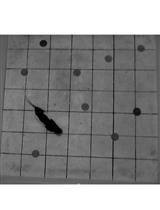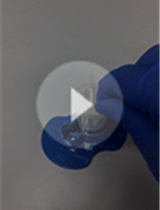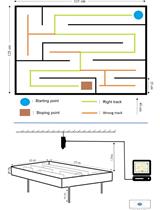- EN - English
- CN - 中文
Consummatory Successive Negative Contrast in Rats
大鼠完成连续阴性对照实验
(*contributed equally to this work) 发布: 2019年04月05日第9卷第7期 DOI: 10.21769/BioProtoc.3201 浏览次数: 5013
评审: Mohammed Mostafizur RahmanAnonymous reviewer(s)
Abstract
Using animal models in addiction and pain research is pivotal to unravel new pathways and mechanisms for the treatment of these disorders. Reward devaluation through a consummatory successive negative contrast (cSNC) task has shown the ability to reduce physical pain sensitivity (hypoalgesia) and increase oral ethanol consumption in rats. The procedure is based on exposing the experimental animals to a 32% sucrose solution during several sessions (preshift sessions) followed by a devaluation to 4% sucrose during the next few sessions (postshift sessions). The cSNC effect can be monitored by comparing the experimental group to an unshifted control that had access to 4% sucrose throughout the entire experiment (preshift and postshift sessions). The cSNC phenomenon is defined by lower consumption of sucrose in the downshifted group than in the unshifted group during postshfit sessions.
Keywords: Addiction (成瘾)Background
There is experimental evidence that emotional states (e.g., anxiety or frustration) influence sensitivity to physical pain and correlate with the consumption of psychoactive substances like alcohol (Wiech and Tracey, 2008; Xie et al., 2012; Manzo et al., 2015). Reward devaluation is a viable strategy to induce a negative emotion such as anxiety (see Flaherty, 1996; Papini et al., 2015). Reward devaluation can be implemented in different procedures, including appetitive extinction, partial reinforcement, and successive negative contrast (SNC). All of them imply unexpected changes in reward magnitude or quality. In appetitive extinction, the reward is withheld altogether, while for partial reinforcement the reward is withheld on some random number of trials. SNC implies not the elimination, but a devaluation of the magnitude or quality of the reward. In the consummatory successive negative contrast (cSNC) task, one type of SNC procedure, animals receive free access for 5 min to a high-value sucrose solution (usually 32% sucrose) during several daily sessions, followed by several sessions of access to a low-value sucrose solution (usually 4% sucrose) (Jiménez-García et al., 2016). Performance of downshifted animals is compared to the consummatory behavior of animals that have always received access to 4% sucrose (unshifted controls). The cSNC effect involves a suppression of consummatory behavior after the 32%-4% sucrose downshift followed by a recovery to the level of unshifted controls. The initial suppression (typically observed during the first devaluation session) and the recovery that follows (normally starting during the second devaluation session) are dissociable stages of the cSNC effect (Flaherty, 1996).
Several sources of evidence suggest that cSNC modulates and is also modulated by physical pain (Jiménez-García et al., 2016). Papini et al. (2015) suggested a connection between physical pain (tissue damage) and psychological pain (reward loss) that invites further comparisons between these two sets of phenomena. For example, opioid ligands known to modulate physical pain also modulate cSNC, either during the first downshift session ([D-Pen2,D-Pen5]enkephalin, a selective delta-receptor agonist; Wood et al., 2005), during the second downshift session (U50,488H, a selective kappa-receptor agonist; Wood et al., 2008), or during both sessions (morphine; Rowan and Flaherty, 1987). Two opioid-receptor antagonists enhance the cSNC effect either selectively during the first downshift session (naltrindole, a selective delta receptor antagonist) or during both the first and second downshift sessions (naloxone, a nonselective opioid receptor antagonist; Pellegrini et al., 2005). Similarly, lesions of brain areas involved in pain processing, such as the anterior cingulate cortex, also affect recovery from reward downshift from the second downshift session onward (Ortega et al., 2011).
Likewise, ethanol consumption is increased by cSNC. Reward devaluation produces an anxious state (frustration) that can be mitigated by the anxiolytic effects of ethanol. Manzo et al. (2015) showed an increase in ethanol consumption after reward devaluation (post-shift sessions).
Materials and Reagents
- Anti-drip bottles with a capacity of 150 ml (Classic Drinker de Luxe; Zooplus) (see Figure 1)
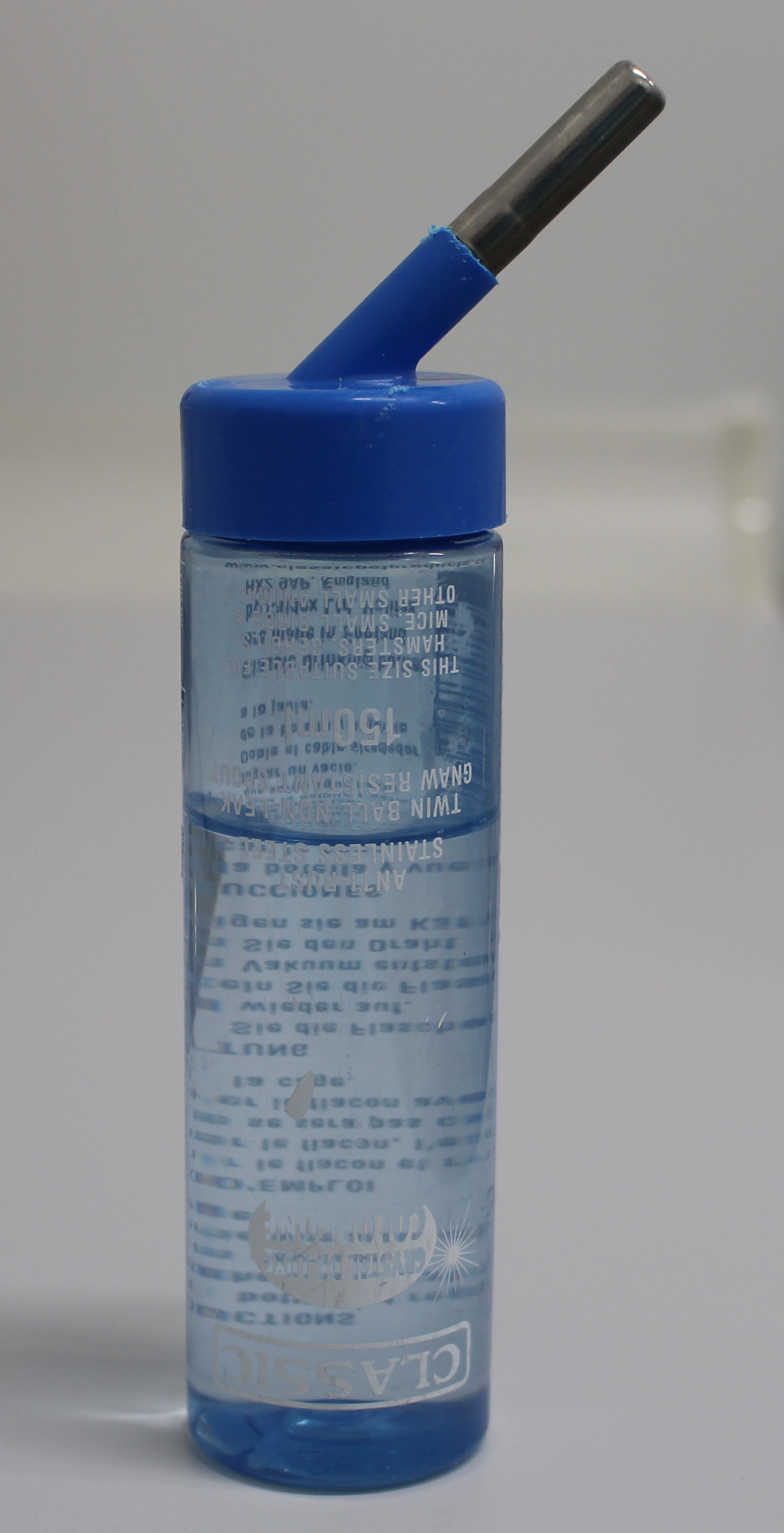
Figure 1. Anti-drip bottles - Animals: Adult male Wistar rats (Envigo Laboratories, Barcelona, Spain) with 11 weeks of age and weighing 281.2 (±2.1) g were used
- Filtered and autoclaved water
- Sucrose (white sugar suitable for human consumption. Azucarera Española S.A.)
- 32% sucrose solution (see Recipes)
- 4% sucrose solution (see Recipes)
Equipment
- Timer and chronometer (Digital Onstart 100) (Figure 2A)
- Consumption chamber
Rectangular (30 x 30 x 15 cm) Plexiglas boxes (Figure 2B) - Weighing scale (WLC 1/A2 Precision Balance; Radwag©) (Figure 2C)
- Personal protective equipment (Laboratory coat, gloves, masks, etc.) (Figure 2D)
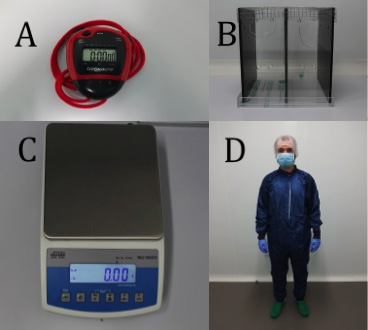
Figure 2. Equipment. A. Timer and chronometer. B. Consumption chamber. C. Weighing scale. D. Personal protective equipment.
Procedure
文章信息
版权信息
© 2019 The Authors; exclusive licensee Bio-protocol LLC.
如何引用
Jiménez-García, A. M., Ruiz-Leyva, L., Vázquez-Ágredos, A., Torres, C., Papini, M. R., Cendán, C. M. and Morón, I. (2019). Consummatory Successive Negative Contrast in Rats. Bio-protocol 9(7): e3201. DOI: 10.21769/BioProtoc.3201.
分类
神经科学 > 行为神经科学 > 实验动物模型 > 大鼠
您对这篇实验方法有问题吗?
在此处发布您的问题,我们将邀请本文作者来回答。同时,我们会将您的问题发布到Bio-protocol Exchange,以便寻求社区成员的帮助。
Share
Bluesky
X
Copy link










